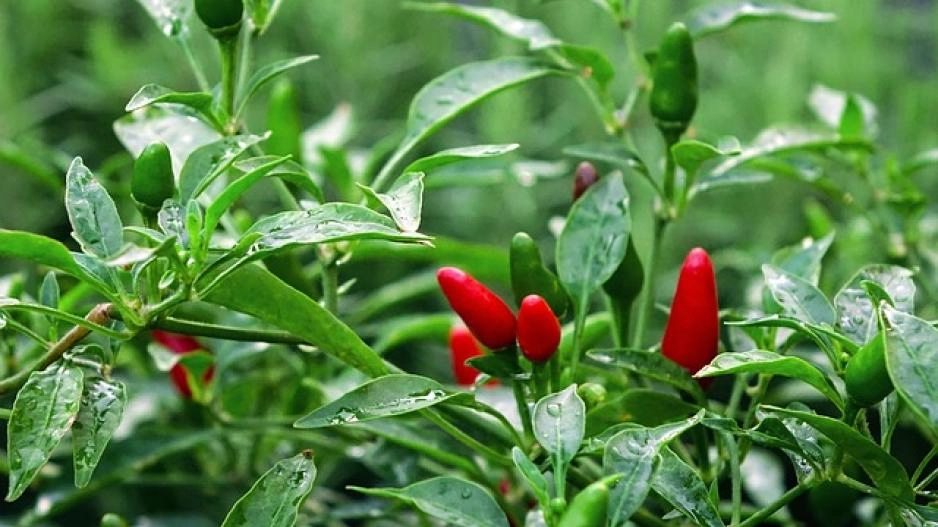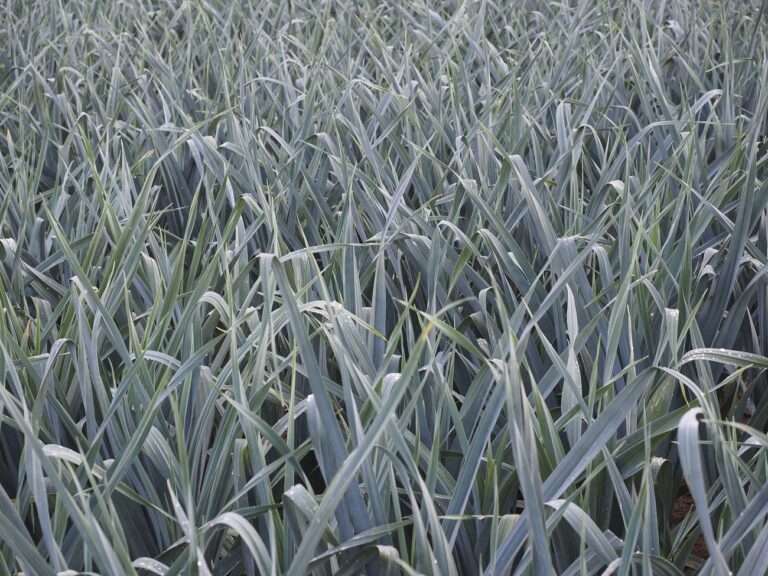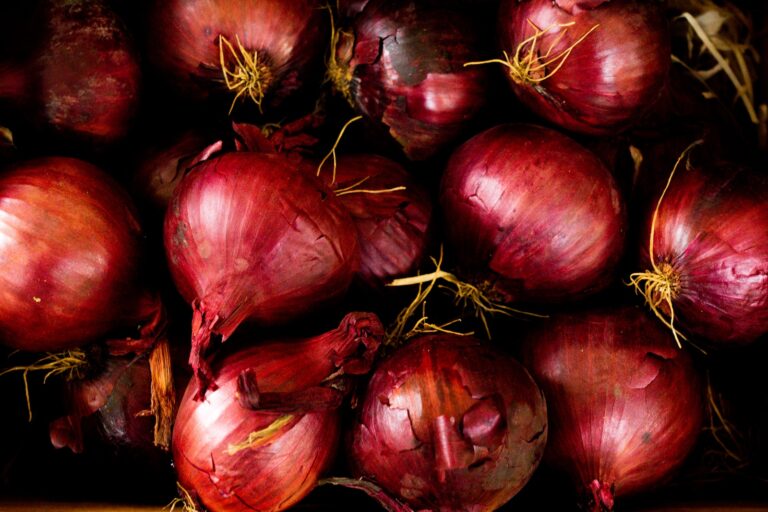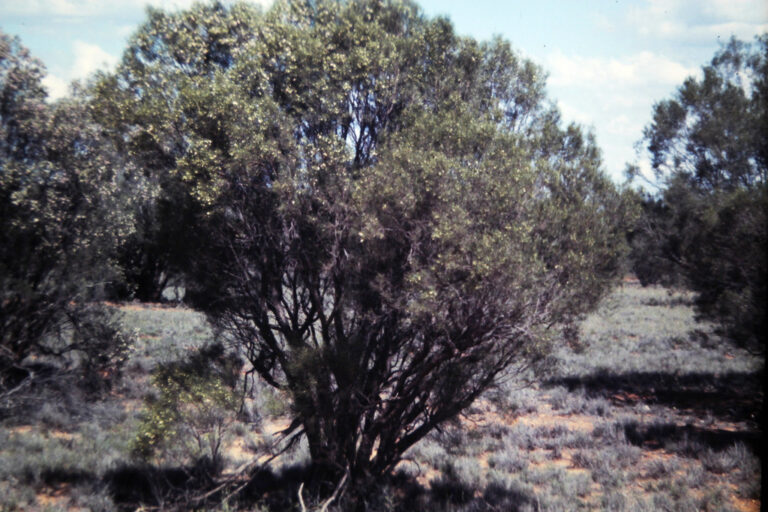African Birds Eye Chilli Farming – A Comprehensive Guide.
African Birdseye Chilli (ABE), also known as Birds Eye Chilli(BEC) or Bird’s Eye Chilli is one of the hottest and pungent chilies in the world. Known by the scientific name, capsicum frutescens, the African Birds Eye Chilli originated from Mexico and was introduced to the world by Portuguese and Spanish colonialists, traders, and missionaries. It can be found growing in the wild, in small-scale farms and commercial farms, for local consumption and export to Europe and America.
Grown mostly in Africa and Asia, with Malawi leading the African production of the Birds Eye Chilli. Other African countries that produce the African Bird’s Eye Chilli are Kenya, Ghana, Uganda, Zimbabwe, Zambia, Mozambique, and South Africa.
Something interesting about the African Bird’s Eye Chilli is the pungency or “hotness” depends on the climate where it is grown, with some countries producing more pungent African Bird’s Eye Chillies than others.
What do you need to start African Birds Eye Chilli Farming? In the article we look at the History of the Birds Eye Chilli, The health benefits, production planning, ecological requirements, intercropping and crop rotation, setting up a mother garden for seeds, propagation nursery, and land preparation, transplanting, fertilizers, mulching, irrigation, diseases and pests, intercultural practices, yield per acre, harvesting, drying, grading, market requirements, labeling and storage of the African Birds Eye Chilli.
Advantages of the African Bird’s Eye Chilli
The African Bird’s Eye Chilli is popular among farmers because of its hardiness and low input costs. It can be grown in marginal areas.
As a perennial plant, the African Bird’s Eye Chilli is productive for 2 to 3 years. This means you do not need to uproot the plants after each harvest. You can harvest for several years, before planting a new crop.
Planning Production of the African Birds Eye Chilli
You need to plan well when venturing into African Birds Eye Chilli Farming.
The first thing you need to be sure of is the market. Who will buy your chili after harvesting? Do you plan to do value addition? Do you have a contract with a buyer? Are you planting African bird’s eye chilies for export or for local production? Answering these questions will help you plan how much chili to plant.
The second thing is you need to plan for the labour required, especially during harvesting. Harvesting African bird’s eye chilli is labour intensive and can irritate the labourers because of its pungency. You should only plant enough African Birds Eye Chilli that you will be able to harvest.
Whether you are buying seeds or getting seeds from your own seed mother garden, ensure you plant certified high-quality seeds. This will help you get high-quality produce.
For disease control, ensure that no crop from the same family as the African Bird’s Eye Chillies has been grown for the past year. These include other chilies, tobacco, brinjals, tomatoes, potatoes, etc
Yield per acre of the African Birds Eye Chilli
African Bird’s Eye Chillies yield 600 grams to 1000 grams of fresh chili per plant per year, translating to about 200 grams of dried chili per plant. This translates to between one tonne to three tonnes per acre.
Intercropping and crop rotation for the African Bird’s Eye Chillies
African Bird’s Eye Chillies belong in the solanaceous family. They are prone to the same soil diseases. It is advisable not to intercrop or rotate with crops from the same family.
Give the land a one-year break from chilies after 2 to 3 years of having the chili crop on the same patch of land. For rotation and intercropping, plant crops from another family e.g legumes and chilies. Examples of these are cowpeas, beans, cowpeas, soya, groundnuts, sweet potatoes, cassava, etc. Legumes will provide an added advantage of improving soil fertility through fixing nitrogen.
Ecological requirements for the African Bird’s Eye Chillies
These chilies will thrive well in organic-rich, light loamy, well-drained soils, with an optimal pH of 6.0 to 6.5. African Birds Eye Chillies can tolerate a wide range of PH of between 4.3 to 9.7. Low humidity hurts the buds, fruits, and flowers.
The optimal temperatures for growing the African Bird’s Eye chili is between 20 degrees Celsius and 30 degrees celsius. Temperatures below 16 degrees celsius and above 32 degrees celsius will prevent the chili fruit from developing.
African bird’s eye chilies require a 150 CM, 600 to 1200 cm per year. Too much rain will lead to rotting and leaf dropping and too little rainfall will lead to dropping of fruits and aborting of flowers.
Propagation and nursery for the African Bird’s Eye Chillies
African bird’s eye chilies should first be planted in a nursery, at the seed rate of 500 grams per hectare (about 2.5 acres). 20 grams of seed should give 500 plants.
The nursery should be raised, with a width of 1M and length of any desired size, with well-applied manure. Dip the seeds in water on the day of planting. Only plant the seeds that sink. The seeds should be planted in 1cm deep drills, with 10cm spacing across the nursery, and covered lightly with soil.
After germination, thin 2-3cm and let the rest of the seedlings develop until it is time for transplanting at about 6 weeks. At this stage, the African Bird’s Eye Seedling should have 5-6 leaves.
Pinch off the top buds about 10 days before transplanting. This will make the plant develop several strong branches after transplanting and also prevents an attack from thrips that suck the top leaves and spread the leaf curl virus.
Land preparation for planting the African Bird’s Eye Chillies
Preparing the land for African Bird’s Eye Chillies should be done early enough. Plough and harrow the land. The rows should be 6 meters apart for intercropped ABE chilies and 1 to 1.5 meters for mono-cropped ABE chilies.
Mix one tonne of well-decomposed manure and mix well with the soil.
Transplanting the African Bird’s Eye Chillies Seedlings
In 6 weeks, the African Birds Eye chili seedlings should be ready for transplanting from the nursery. If planted in trays, they grow faster and are ready for transplanting in 4 to 5 weeks.
Transplanting should be done in the evening after watering the plants in the nursery. This is to give time for the seedlings to recover from the stress of transplanting. If done in the morning or during the day, the seedlings might not survive the hot weather.
If you are planting only the ABE chilies without other crops, the recommended spacing is 45cm by 60 cm. When intercropping the spacing should be 1 meter. This is the distance between two African bird’s eye plants.
Irrigate the plants after transplanting. Avoid water stagnation. In the event there are no rains, continue irrigating when the soil becomes dry (2 cm deep).
Fertilizers and Mulching of the African Bird’s Eye Chillies
If not grown organically, apply DAP fertilizers, 25 grams per plant. This is applied to the soil before transplanting.
CAN fertilizer is used for top dressing at four weeks or when the plants are about 15 cm tall, 10 grams per plant. CAN fertilizer should be applied every two months.
Potassium fertilizer is applied if potassium is not available in the soil. It is recommended to carry out a soil test so as to tell which microelements are lacking in the soil.
Apply mulch to conserve moisture, increase soil fertility, and prevent the growth of weeds. Mulch should be applied two times a year, just before the rains.
Manure or compost should be applied at the rate of 2 handfuls per hole This translates to about 10 tonnes per hectare.







How do you harvest abe? How…
How do you harvest abe? How do you maximise the flowering and fruiting of organically grown Abe? Where can I get a solar dryer for my chilli’s? Can you recommend a good buyer for the chilli?
I would like to know how to…
I would like to know how to maximise havesting and flowering of ABE
want to be A large ABE chill farmer
Very educative information…
Very educative information. Is there market in Kenya? How do i protect my crop from birds?
*Mkulima Smarter Kenya…
*Mkulima Smarter Kenya Farming is looking for chilli to buy* .
*We buy fresh and dry ABE chilli – aka Kanugu*
*1. Long cayenne*
*2. African Bird’s Eye*
*3. Hot Bengali Chilli.*
*Fresh red or dry*
*Depending on quality and quantity*
Fresh red long cayenne at ksh70 to ksh120 per kg.
Fresh red ABE chilli at Ksh 100 to Ksh 200
*Current Buying prices for dry ABE*
100 – 1,000Kg:. 150/- kg
1,001 – 3,000Kg: 175/- kg
3,001 – 5,000Kg:. 190/- kg
5,001 – 7,500Kg: 200/- kg
7,500 – 10,000Kg: 210/- kg
*Please note… Export quality chillies!!! Shade dried… No pesticide residue*
WhatsApp Mkulima Smarter Kenya Farming through:
Mkulima Smarter Kenya Farming buys ABE chilli
Most ABE famers in Kenya lack resources to afford shade nets. That alone should be basic knowledge: They will be paid peanuts for their product. Underlining factor among others will be “not meeting export standards”. Plan well farmers. Learn the basics, study the market, visit some chili farmers and the decide.
Research on EU and USA Horticultural export regulations for better understanding on how to get paid for your dream product.
Mkulima Mpole,
Muluthi Wa Nzamba
Machakos County
Kiokwo
I am happy with the information however I need mor coz I want to engage on chilli farming in a bigger scale
Very clear explanation but the price for dry ABE seems too low , remember it’s very tasking
we have bird eye chili in Malawi .. +265999533200
Hi Humphrey
Good day
I would be interested to know more on the ABE Chilli you have available in Malawi.
Kindly can you forward me more information.
Thanks in advance.
Louie
Email:[email protected]
email:[email protected],
please give prices in us $ per kg. of ABE
I am the farmer of chill pepper looking for buyers to buy my products in Western region.
Kindly accord me the assistance or reach me through my contacts 0711749120.
EARGERLY WAITING FOR YOUR RESPONSE.
We need quantities of dry…
We need quantities of dry birds eye chilli fob mombasa
Hello Mohammed. What…
Hello Mohammed. What quantities do you need?
Dear Mohamed,
Are you still…
Dear Mohamed,
Are you still looking for Birds Eye Chilli? If yes, kindly revert.
Kind regards
Florence
Hallo Florence am looking…
Hallo Florence am looking for birdeye chilli
Dear Brian,
Can we chat a…
Dear Brian,
Can we chat a way forward? My e-mail address is [email protected]
Kind regards
Florence
Hello Im ALEX PETER I have…
Hello Im ALEX PETER I have African bird eye chill two tones
+255743228558
Hello Mohammed,
We are…
Hello Mohammed,
We are producing African Bird’s eye chillies. What quantity are you looking for?
Where are you based? Can u give your contact number please.
Thanks
Sajid
Hello Sajid
I am looking to…
Hello Sajid
I am looking to buy +254 780 885177
Lets talk
I am looking for African Birds Eye chilli.
Hallo Maureen are you still looking to buy ABE I Have some good Quantity please contact me +254734904751
do you still buy bird eye chili?
contact us in Malawi +265999533200
Supplying in plenty
Supplying in plenty
Hellow Sir, am BRISTANT MASHOKO from Tanzania am sorry, am a seller of African Birds Eye Chilies now i have 3tone.
+254715688830 George Wambugu
are you buying ABE from…
are you buying ABE from Tanzania?
Yes we are buying, Contact Sunset Agri thru +255766064661
Are you still looking for African Bird Eye Chili? If yes, contact me on +260976155906
thank you for this…
thank you for this information, its my first time planting this crop and I hope I will make it. for one hectare how much yield can one make
Hello farmers, be warned of…
Hello farmers, be warned of a group chat, charging members, monthly fees for membership in matters of chili farming.
There’s an outcry of fraud.
Members are muzzled with all kinds of draconian rules. You will be muzzled, blocked, and shut out without any refunds no matter the cause. There’s no due process– a King is totally running the kitchen.
You will learn nothing!
Stay safe. Best wishes for the new year and be no one’s cow.
Outstanding lawsuits and projects fall out in the mix. My citizen’s duty to share– be warned!
Muluthi Wa Nzamba
Chili Farmer, Machakos County.
Interesting. I have been a…
Interesting. I have been a member of so called group and have learnt a whole lot. Language might not be monitored but a no nonsense group or rather say, if you are not serious, there are no babysitters there. If you are serious, you will gain a whole lot. So maybe you might be referring to a different group.
Fake Seed Warning:…
Fake Seed Warning:
Prospective ABE chili farmers be duly warned from procuring seeds or joining a what’s app group demanding paid monthly membership for guaranteed access to European markets and other wealth creating promises.
The seeds will be manually wrapped in simple khaki envelopes. You will be promised they are F1 this and certified F1 that.
Truth is, they are garbage. The source is secrete and F1 certification status will never be revealed. That not being enough headache, the seeds may never germinate and even if they do, the farmed variety will remain murky. Advertised warranty’s, call for 2nd or 3rd party germinators charging an additional KSH5:00 per seedling, that’s after coughing KSH5:00 Per some of the seeds. Final cost of an actual seedling will keep adding up… do the math’s! Government registered and licensed propagators charge less than half per seedling.
Procure your seeds from government legislated vendors. Look for clearly labelled packaging which should include ownership as in entity and source.
You will be muzzled and kicked out of the group and social media platforms and your monthly subscription payments will be lost as well. Realize this is pure theft run behind a keyboard and social media by individuals with no farms or agricultural training.
Mkulima mpole,
Mukutha Wa Nzamba.
Oh really??? I happen to be…
Oh really??? I happen to be a member of so mentioned group and very happy with services offered. If you want to get information and knowledge for free, I understand why the group didn’t work for you. Leave the group for those of us learning at the lowest cost ever
Hello you did not give inter…
Hello you did not give inter-row spacing
*Spacing.*
Use a 18 to 36…
*Spacing.*
Use 18 to 36 inches between rows and 2 to 3 feet between plants.
Very helpful Info
Very helpful Info
IAM LOOKING FOR F1 BIRDSEYE…
IAM LOOKING FOR F1 BIRDSEYE CHILLIE SEED IAM IN ZIMBABWE I NEED 40 TO 60 KGS. my whatsapp number is +263772423464
I’m a chilli farmer based in…
I’m a chilli farmer based in Bungoma county. Preparing to transplant my ABE Chillies and looking for serious buyers for a business. Anybody there? Call +254728077519. TIA!
Very insightful.
I have my…
Very insightful.
I have my ABE seeds in the seedbed waiting for transplant.
I like the farming. Am in…
I like the farming. Am in Tanzania with 4 acres start transplanting serious buyer please contact +255713250087
thats great venture that i can invest in am interested am located in isinya on a 5 acre land
Am starting ABE chill farm in malindi kenya in a 5 acres land need serious buyers..thnks
Good morning
Just planting bird eye
What’s the farmers market price
For fresh chili
How do I connect with export market
Done shade net
Where are you located? Checkout fpeak.org for information about exporting ABE
A very informative article 👏
Thanks for this plaform. I need abe in kla 20tons
Very very informative piece. Thank you 🙏
Good Day,
I am looking for large volumes of CHillies. ABE and cayenne.
Please contact me.
+27646504311